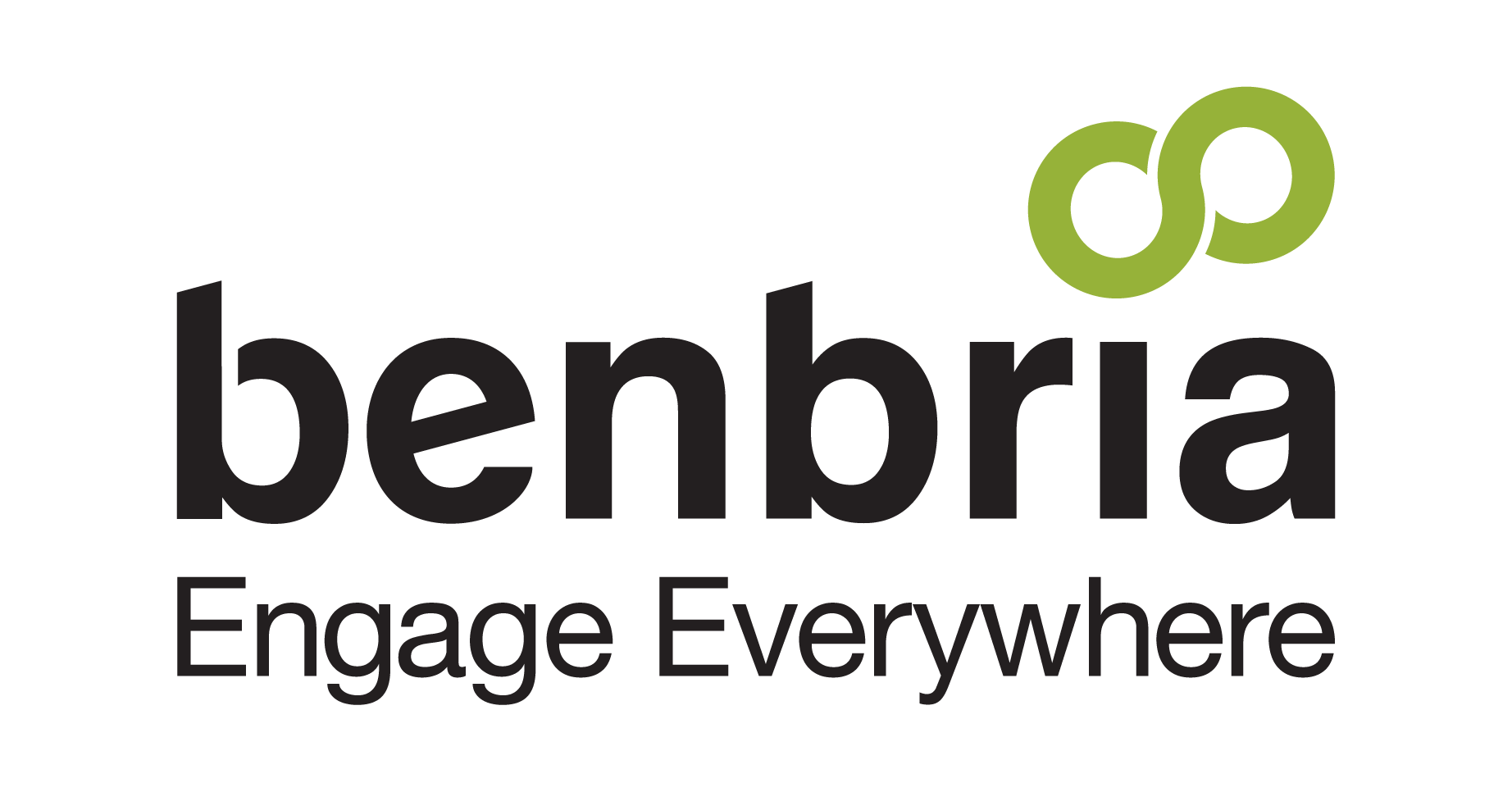Businesses around the world have felt the ripple effect of COVID-19 over the span of a few short months.
Many businesses are now inundated with requests and inquiries from customers, causing support and care teams to be stretched thin to meet the unusual high demand. This has led to longer wait times and in some instances redeploying employees to support overwhelmed frontline workers and teams.
Being where your customers are is more important than ever during this time of physical distancing and uncertainty. Connecting with your customers to maintain and strengthen relationships requires agility and flexibility. By quickly engaging and communicating with your customers in-the-moment you can keep them informed and help satisfy their needs.
In this article, we share insights, resources and best practices for communicating with your customers across digital touchpoints during COVID-19. This article will continue to be updated throughout the coming days with more insights.
SMS
Short Message Service (SMS) or Texting has been around for decades. Proving to flourish even with the advent of social media, it’s a convenient way to engage with your customers in-the-moment.
During a crisis especially, SMS is a channel that can help get your message across to a large audience and increase open rates. In fact, according to Gartner, SMS open and response rates are as high as 98% and 45%, respectively — in contrast to corresponding figures of 20% and 6% for email.
When considering SMS, it’s important to note that brevity is key, particularly since each message contains a 160 character limit. Messages that exceed the character limit will be split, therefore you’ll want to keep your messages straight to the point and short.
More than half of the world’s population uses email. For businesses looking to update customers with a more detailed and thorough message, email is an effective channel.
Unlike SMS or some social platforms, emails don’t limit your character count. This is especially useful if you’re looking to describe changes in operations, safety precautions, or impact on specific work departments. What’s more, by using email you can customize the appearance of your message and even include rich media or attachments to responses. This comes in handy if customers request further information or details.
Web
During a crisis, web or digital channels are an integral way to engage customers while they’re on your website. Taking the form of either pop-ups, live chat, or contact forms, they’re available at critical moments of the buying journey like the research phase or purchase phase. What’s more, web channels like live chat or popups can intervene before a purchase to inform customers of any modifications to hours of operation, expected delivery date/time, or even extended safety precautions being taken.
In addition, having a live chat can ease the mind of customers who are looking for answers to particular questions during a crisis. Having the option open for a customer can deter them from calling in or stopping by during uncertain times. What’s more, businesses can even streamline conversations with pre-populated responses to frequently asked questions. For example, if your hours of operation is a subject most customers inquire about, having pre-populated responses with all of your hours can save your employee time.
Social Media
Social media is one of the most powerful communication channels that customers use to not only obtain news and information on a crisis but also to engage with businesses and others in regards to a product or service.
For businesses it’s an important channel to leverage and provide updates, measures being taken for safety, and also to simply check in on customers. In a social media focused age where customers flock to social news feeds for answers, it’s important to actively update your pages and communicate your businesses plan of action succinctly.
With that said, it’s also important to consider negative comments or complaints that can surface online during a crisis and to preempt any harm to your brand’s reputation by quickly addressing them. For example, a customer can easily become upset if they can’t shop in a store during your regular shopping hours. This can lead to venting on social media. In this instance it’s important to acknowledge and monitor customer interactions online to inform and then swiftly move the conversation offline before anything generates greater negative news coverage.
When it comes to customer engagement during a crisis like COVID-19, the most important thing for a business to be is prepared and communicate fast and effectively. It’s important to take the time to educate customers on your businesses current situation and how you plan on handling the pandemic moving forward. By engaging customers on the channel of their choice and being openly transparent in real-time, you can maintain the relationships you built with your customers and grow their loyalty.




